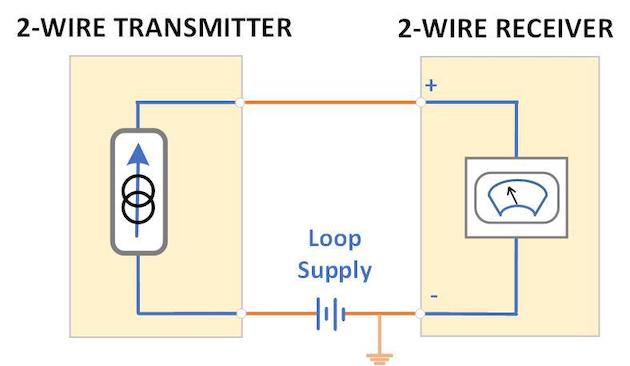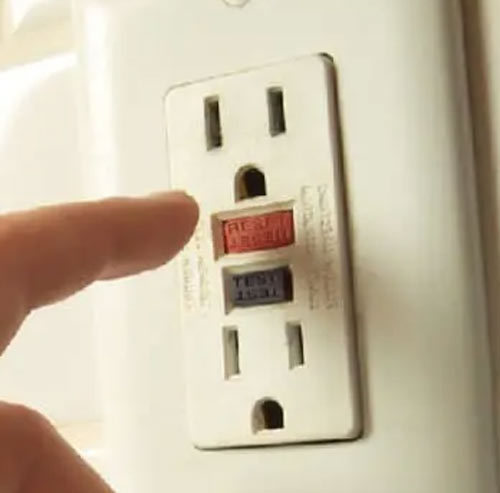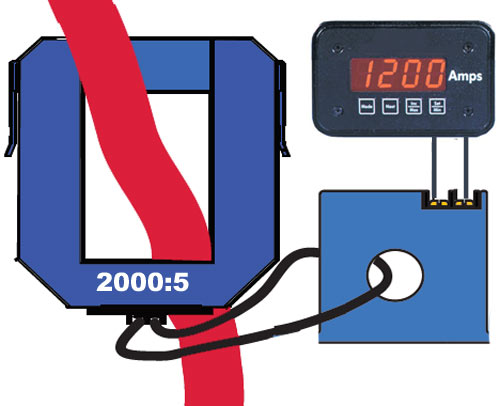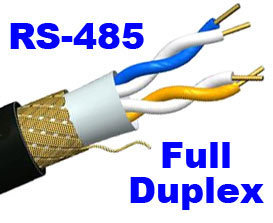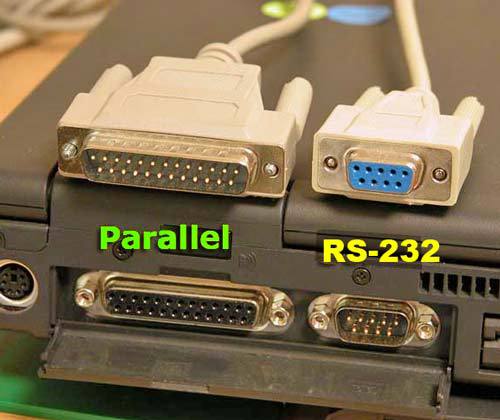Current loops are a popular method for monitoring equipment and processes in industrial environments. Some of their advantages were discussed in an earlier posting. Additional advantages of the 4-20mA loop are:
– easy detection of an open loop, since the signal zero is represented by 4mA.
– the offset zero allows use of loop-powered devices that don’t require a separate power connection. (more...)
